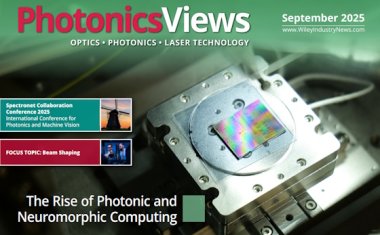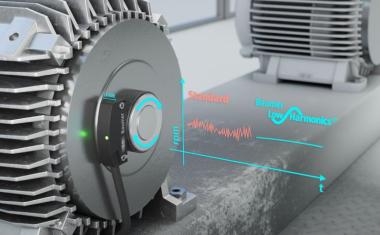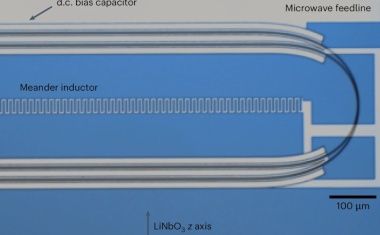New chip for AI computing at light speed
A new silicon photonics platform for vector–matrix multiplication.
Penn Engineers have developed a new chip that uses light, rather than electricity, to perform the complex math essential to training AI. The chip has the potential to radically accelerate the processing speed of computers while also reducing their energy consumption. The silicon-photonic (SiPh) chip’s design is the first to bring together Nader Engheta’s pioneering research in manipulating materials at the nanoscale to perform mathematical computations using light with the SiPh platform, which uses silicon, the cheap, abundant element used to mass-produce computer chips.

Engheta’s group developed the new chip together with that of Firooz Aflatouni. “We decided to join forces,” says Engheta, leveraging the fact that Aflatouni’s research group has pioneered nanoscale silicon devices. Their goal was to develop a platform for performing vector-matrix multiplication, a core mathematical operation in the development and function of neural networks, the computer architecture that powers today’s AI tools. Instead of using a silicon wafer of uniform height, explains Engheta, “you make the silicon thinner, say 150 nanometers,” but only in specific regions. Those variations in height – without the addition of any other materials – provide a means of controlling the propagation of light through the chip, since the variations in height can be distributed to cause light to scatter in specific patterns, allowing the chip to perform mathematical calculations at the speed of light.”
“Due to the constraints imposed by the commercial foundry that produced the chips”, Aflatouni says, “this design is already ready for commercial applications, and could potentially be adapted for use in graphics processing units (GPUs), the demand for which has skyrocketed with the widespread interest in developing new AI systems. They can adopt the Silicon Photonics platform as an add-on and then you could speed up training and classification.”
In addition to faster speed and less energy consumption, Engheta and Aflatouni’s chip has privacy advantages: because many computations can happen simultaneously, there will be no need to store sensitive information in a computer’s working memory, rendering a future computer powered by such technology virtually unhackable. “No one can hack into a non-existing memory to access your information,” says Aflatouni. (Source: UPenn)










